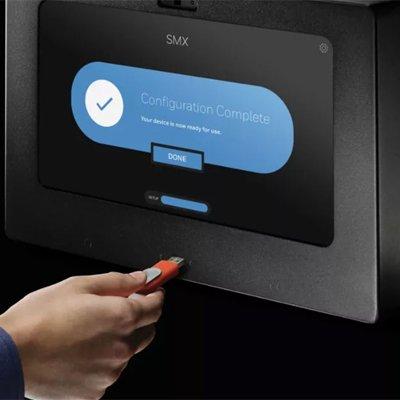A complex set of biological, psychological, sociological, contextual and environmental factors are involved when a perpetrator decides to commit an act of workplace violence. In many cases, the perpetrator doesn’t really want to become violent; rather, they are seeking to achieve an outcome and mistakenly believe violence is their only option.
An underused approach to preventing workplace violence is to consider the issue from the perspective of the instigator, to seek to understand their grievances, and to suggest alternative solutions, says James Cawood, President of Factor One Inc.
“It’s helpful to consider their perspective at a point of time, and how do I use that information in a way that explores the issues and influences them to seek other means of achieving their goals without violence?” suggests Cawood.
Preventing workplace violence
An underused approach to preventing workplace violence is to consider the issue from the perspective of the instigator Factor One specialises in violence risk management, threat assessment, behavioural analysis, security consulting and investigations. Cawood will present his insights into preventing workplace violence in a session titled “Workplace Violence Interventions: The Instigator’s Perception Matters” during GSX 2018 in Las Vegas, 23 September.
Intervening and seeking to understand the instigator’s viewpoint can direct them away from violence. Often, diffusing a situation can prevent tragedy. Delaying a violent act is a means of prevention, given that the instigator might not reach the same level of stress again. Cawood says several recent examples of workplace violence illustrate the importance of identifying behavioural precursors and intervening.
It is difficult to quantify the benefits of such an approach, since no one is keeping statistics on incident that were successfully diverted, he says.
Reaching a mutually agreeable solution
“Accommodation and appeasement often won’t serve the problem,” says Cawood. “Instead of projecting our needs on what would be effective for us, we must really understand what matters to them and what we are able to do to solve the problem.
“It’s about listening and reflecting back to reach a mutual agreement of their perspective of what matters,” he says. “Now we can talk about what’s possible or not. Is there something concrete I can do that is within the rules? Just being heard in depth is a de-escalator of violence.” It’s the same methodology used by hostage negotiators: Listen, reflect back, and come to a mutually agreeable solution.
 |
| Giving a troubled employee a severance package – money – might not address their underlying complaints |
For example, giving a troubled employee a severance package – money – might not address their underlying complaints. “We may not have solved the underlying problem as they perceive it,” says Cawood. “They may feel disrespected or picked on. There may be an underlying mental condition, such as paranoia, or a grandiose sense of self-worth, underlying filters that have nothing to do with money.”
GSX networking and education
GSX is the new branding for ASIS International’s trade show, attended by more than 22,000 worldwide security professionals Global Security Exchange (GSX) is the new branding for ASIS International’s annual conference and trade show, attended by more than 22,000 security professionals from 100-plus countries. Cawood’s session will be 24 September from 2:15 to 3:30 p.m. “My purpose is to hone in on an area of workplace violence that is often ignored,” says Cawood.
Cawood started out in law enforcement in the 1970s and transitioned to security in the 1980s. His credentials are typical of the high level of speakers presenting at GSX 2018: He holds a Master’s Degree in Forensic Psychology, and a Doctorate in Psychology, is a Certified Threat Manager (CTM), and has successfully assessed and managed more than 5,000 violence-related cases.
He is the former Association President of the Association of Threat Assessment Professionals (ATAP) and currently the Vice-Chair of the Certified Threat Manager program for ATAP. Cawood has written extensively on the topic of violence risk assessment, and co-authored a book, Violence Assessment and Intervention: The Practitioner's Handbook.
Cawood has been active in ASIS International since the 1980s and sees value in attending GSX 2018. “People from all over the world are coming and being exposed to a common set of topics to use as jump-off points for additional conversations. People from all types of experiences and exposures will be providing information through those lenses.”
Knowledge gained from GSX provides a “real chance to drink from a fire hose” and get a deeper understanding of a range of topics. The relationships and networking are another benefit: “Nothing is more powerful than knowing someone face-to-face,” he adds.










































